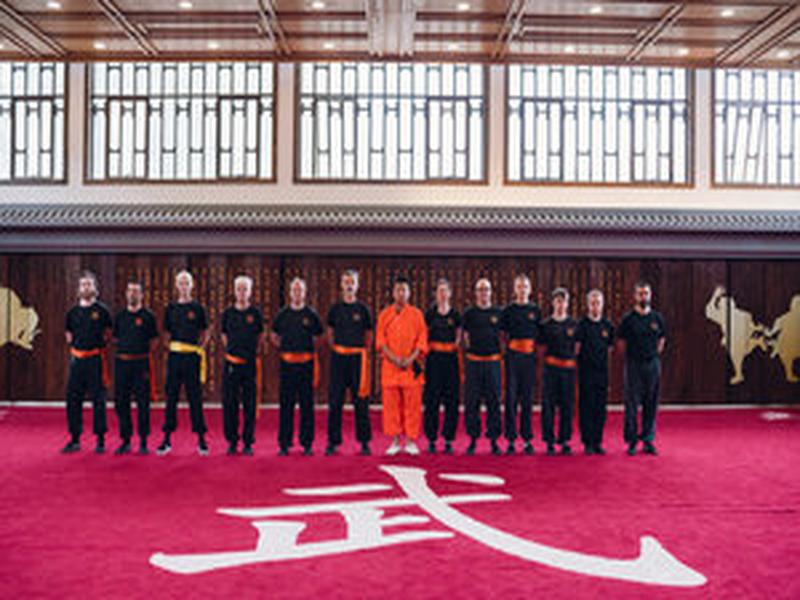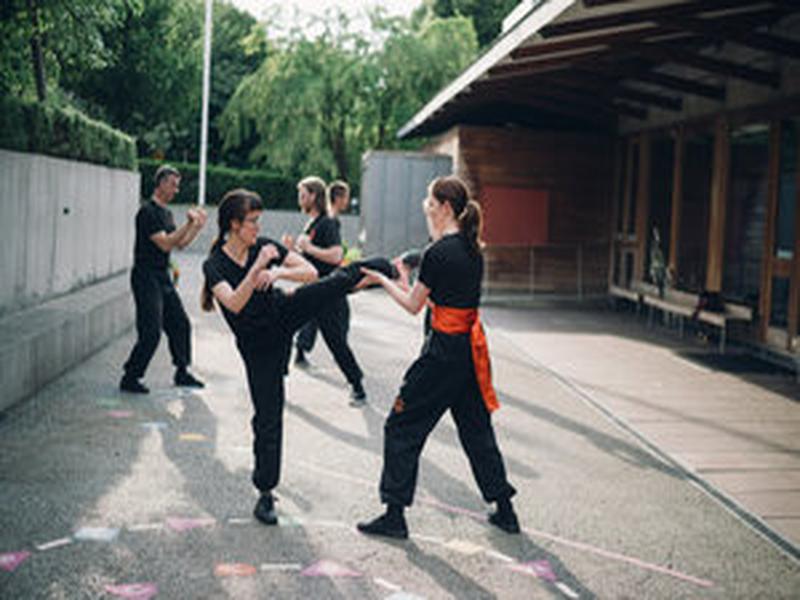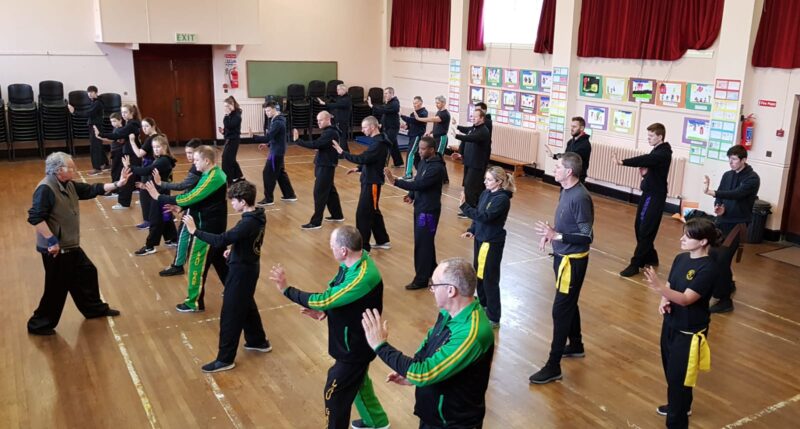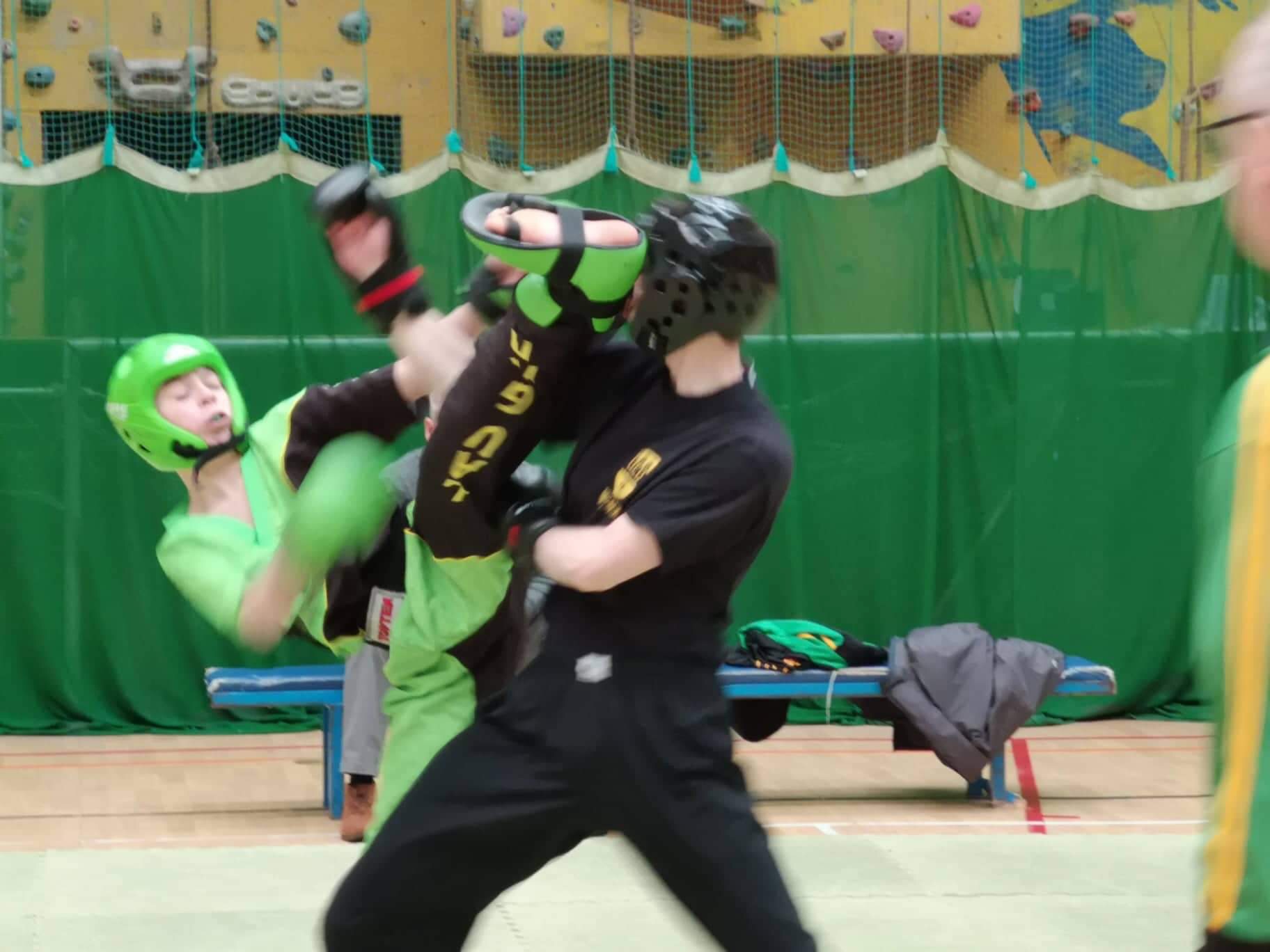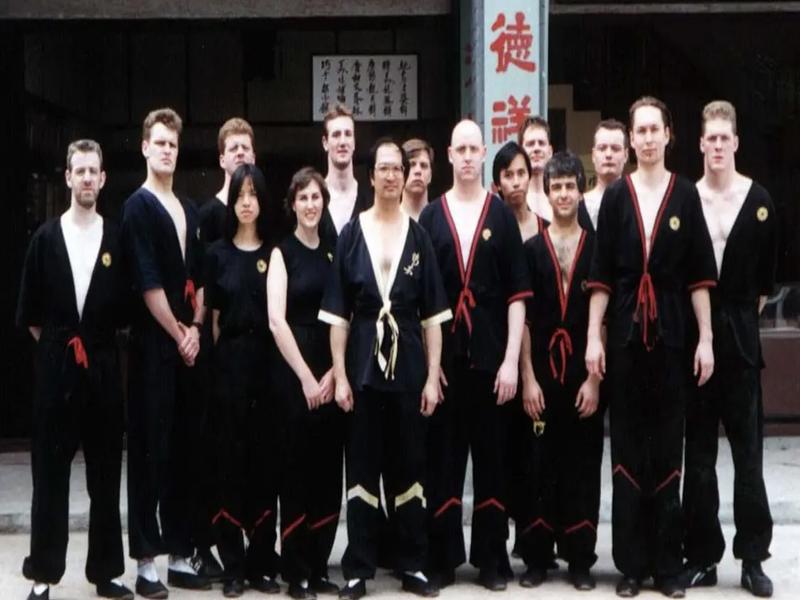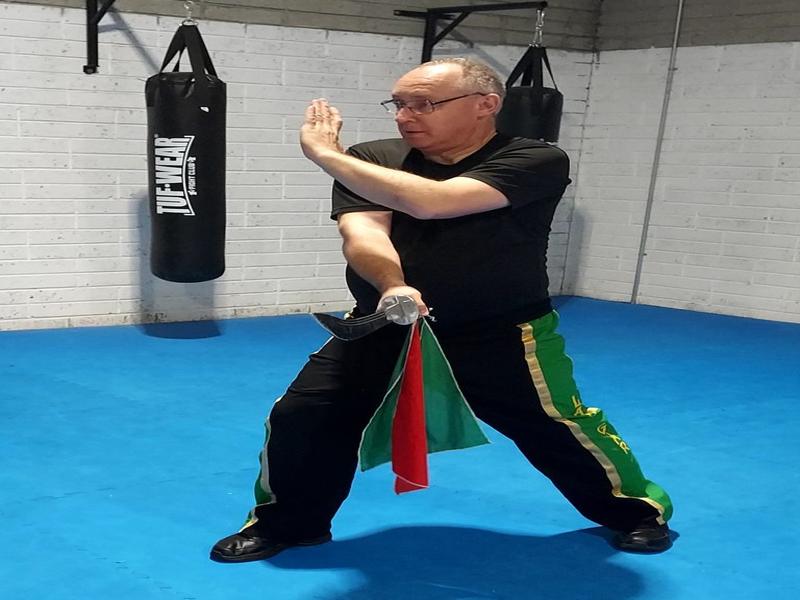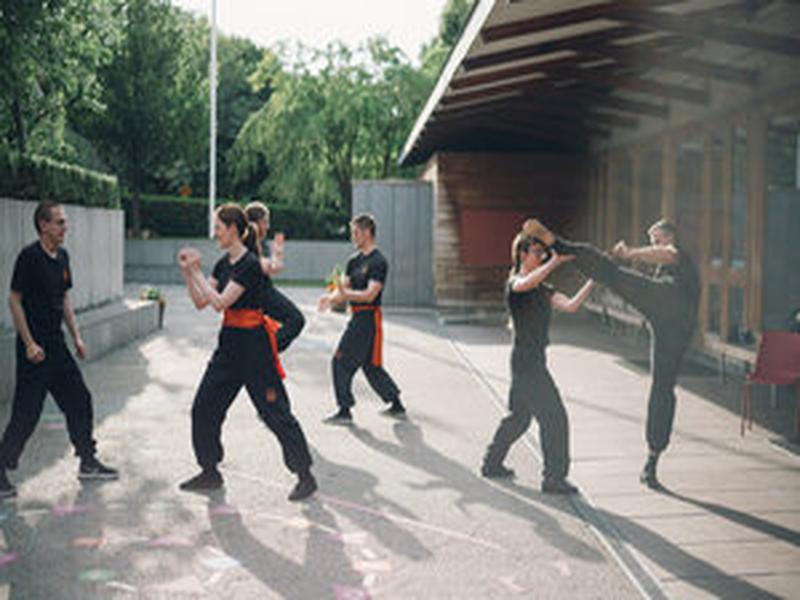Kung Fu is one of the most renowned forms of martial arts globally, largely thanks to the surge of Kung Fu movies from the 1970s, led by its most famous practitioner, Bruce Lee.
At its core, Kung Fu focuses on the application of body mechanics and energy dynamics. Its movements, drills, techniques and forms embody a profound understanding of body function, power generation and energy transformation. More than just a collection of effective combat techniques, Kung Fu is a way of fighting as well as a method for self-development, both mentally and physically. It promotes health and longevity, making it a practice that develops the mind, body and spirit.
With a history spanning over 1,400 years, Kung Fu originated with the Buddhist monks of the Shaolin Temple in China’s Henan province. As it spread throughout China, various styles of Kung Fu emerged over the centuries, though most retained common principles and concepts.
These styles blend hard/external elements (such as punches, blocks, kicks and physical strength) with soft/internal elements (such as mental focus, power generation, breathing, and relaxed movement) to create a balanced and effective martial arts system.
Kung Fu (Gōngfū, 功夫), which literally translates to “skill” or “hard work over time” is a broad term that encompasses all traditional Chinese martial arts. This reflects the lifelong dedication of practitioners in mastering their craft. The term Wushu (Wǔshù, 武术), meaning "martial technique," is also widely used, often referring to the Chinese government’s officially approved competition and performance-based version of martial arts.
